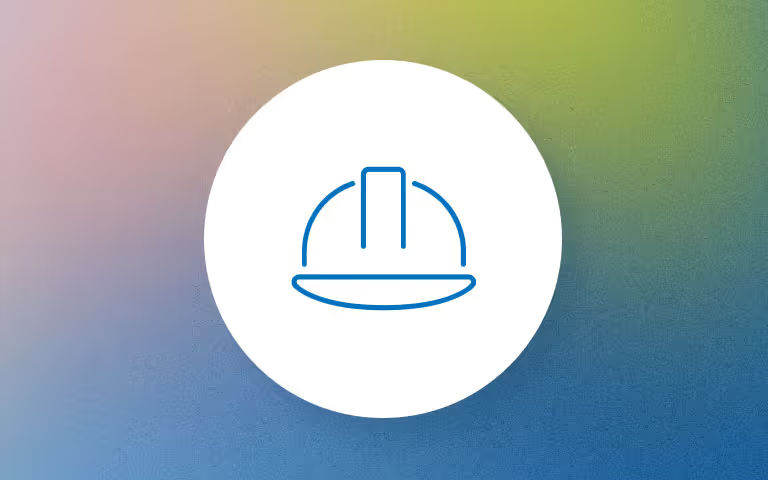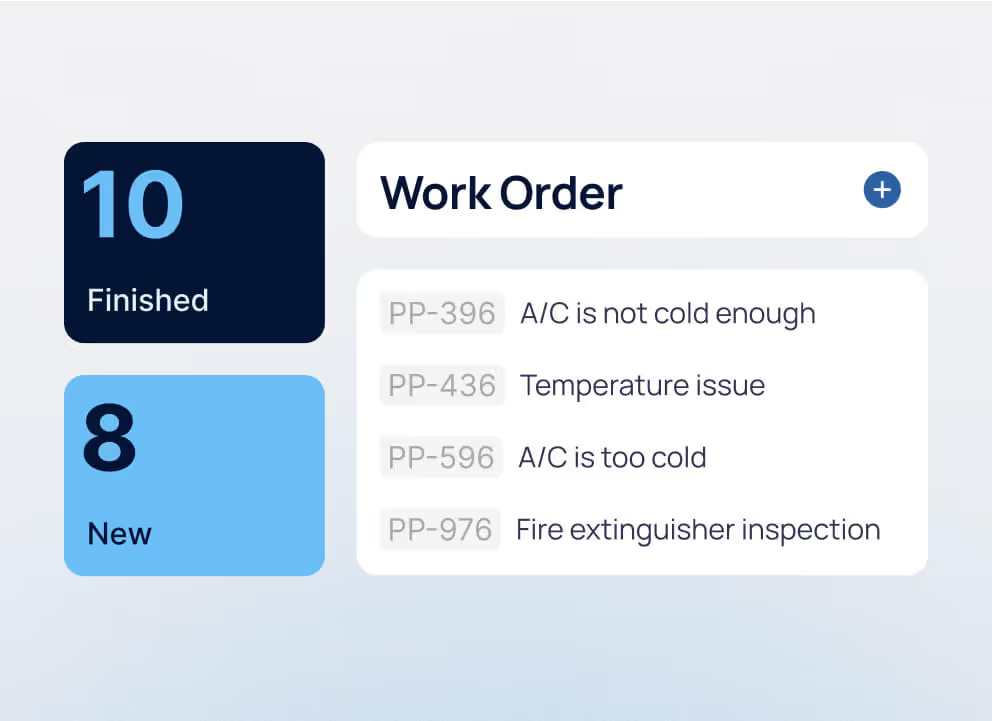Five Ways to Embrace Reliability Centered Maintenance
Five Ways to Embrace Reliability Centered Maintenance
In this post
%20(1).avif)
Five Ways to Embrace Reliability Centered Maintenance
Employ an RCM strategy to optimize operations and unleash the power of proactive maintenance in tandem with your CMMS / EAM solution.
Reliability Centered Maintenance (RCM) is a proactive approach that empowers organizations to optimize asset performance and minimize downtime. By integrating Computerized Maintenance Management Systems (CMMS) and Enterprise Asset Management (EAM) solutions into RCM strategies, businesses can revolutionize their maintenance management practices.
By integrating WebTMA into Reliability Centered Maintenance (RCM) strategies, organizations can unlock the full potential of proactive maintenance. Leveraging WebTMA’s various modules for comprehensive equipment analysis, risk-based decision-making, condition monitoring, and preventive maintenance empowers businesses across industries to optimize asset performance, minimize downtime, and promote continuous improvement.
Schedule a demo to learn how WebTMA can help transform your maintenance management strategies and streamline your operations.

Download the eBook now
You’re all set!
Your eBook is on its way to your inbox. We hope it brings fresh insights and practical takeaways to help you get more from your maintenance operations.
Explore related resources
.avif)
.svg)
Five Ways to Embrace Reliability Centered Maintenance
Employ an RCM strategy to optimize operations and unleash the power of proactive maintenance in tandem with your CMMS / EAM solution.
Reliability Centered Maintenance (RCM) is a proactive approach that empowers organizations to optimize asset performance and minimize downtime. By integrating Computerized Maintenance Management Systems (CMMS) and Enterprise Asset Management (EAM) solutions into RCM strategies, businesses can revolutionize their maintenance management practices.
By integrating WebTMA into Reliability Centered Maintenance (RCM) strategies, organizations can unlock the full potential of proactive maintenance. Leveraging WebTMA’s various modules for comprehensive equipment analysis, risk-based decision-making, condition monitoring, and preventive maintenance empowers businesses across industries to optimize asset performance, minimize downtime, and promote continuous improvement.
Schedule a demo to learn how WebTMA can help transform your maintenance management strategies and streamline your operations.

Register for your free webinar
You’re all set!
Your webinar is on its way to your inbox. We hope it brings fresh insights and practical takeaways to help you get more from your maintenance operations.
Explore related resources
.avif)
.svg)
Five Ways to Embrace Reliability Centered Maintenance
Five Ways to Embrace Reliability Centered Maintenance
Five Ways to Embrace Reliability Centered Maintenance

Reliability Centered Maintenance (RCM) is a proactive approach that empowers organizations to optimize asset performance and minimize downtime. By integrating Computerized Maintenance Management Systems (CMMS) and Enterprise Asset Management (EAM) solutions into RCM strategies, businesses can revolutionize their maintenance management practices.
By integrating WebTMA into Reliability Centered Maintenance (RCM) strategies, organizations can unlock the full potential of proactive maintenance. Leveraging WebTMA’s various modules for comprehensive equipment analysis, risk-based decision-making, condition monitoring, and preventive maintenance empowers businesses across industries to optimize asset performance, minimize downtime, and promote continuous improvement.
Schedule a demo to learn how WebTMA can help transform your maintenance management strategies and streamline your operations.


Related resources
Related resources
You’ve seen what’s possible—connect with us to learn how TMA Systems can support your goals beyond the event.
You’ve read the insights, now see how TMA Systems helps teams put them into practice.
From ideas to impact
You’ve read the insights, now see how TMA Systems helps teams put them into practice.
From screen to solution
You’ve watched what’s possible, now see how TMA Systems works for your organization.
From insight to implementation
You’ve explored the strategies, now see how we can bring them to life across your real facilities.
From insight to implementation
You’ve explored the strategies, now see how we can bring them to life across your real facilities.




.svg)

.avif)







